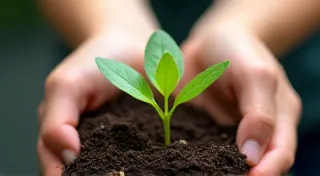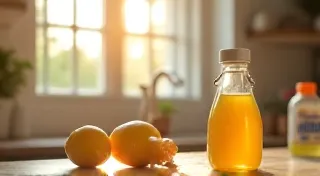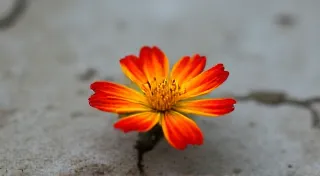The Benefits of Composting: A Beginner's Guide to Soil Enrichment
Turning food scraps and yard waste into valuable compost is one of the most impactful actions you can take for a more sustainable lifestyle. It’s a surprisingly simple process with a multitude of benefits for your garden, the environment, and your wallet. This guide breaks down the basics of composting, making it accessible even for complete beginners. It’s a cornerstone of many approaches to sustainable gardening, allowing you to truly nourish your soil and reduce your reliance on external inputs.
What is Composting?
At its core, composting is nature's recycling process. It's the decomposition of organic matter – things like food scraps, leaves, and grass clippings – into a dark, earthy material called humus. This humus is incredibly rich in nutrients and beneficial microbes, making it a fantastic soil amendment.
Why Compost? The Many Benefits
- Reduces Landfill Waste: A significant portion of household waste is organic material. Composting diverts this waste from landfills, reducing methane emissions (a potent greenhouse gas) and extending the lifespan of our landfills.
- Enriches Soil: Compost acts as a natural fertilizer, providing essential nutrients for plant growth. It also improves soil structure, allowing for better water retention and aeration.
- Reduces the Need for Chemical Fertilizers: By enriching your soil naturally, you can significantly reduce or eliminate the need for synthetic fertilizers, which can harm the environment. Considering the wider impact on the planet, opting for natural solutions aligns with broader sustainable living principles.
- Supports Healthy Plants: Compost encourages strong root development and increases a plant's resistance to pests and diseases.
- Saves You Money: Less need for fertilizers and soil amendments translates to savings! Further reducing your environmental impact and your expenses aligns with a holistic approach to sustainability.
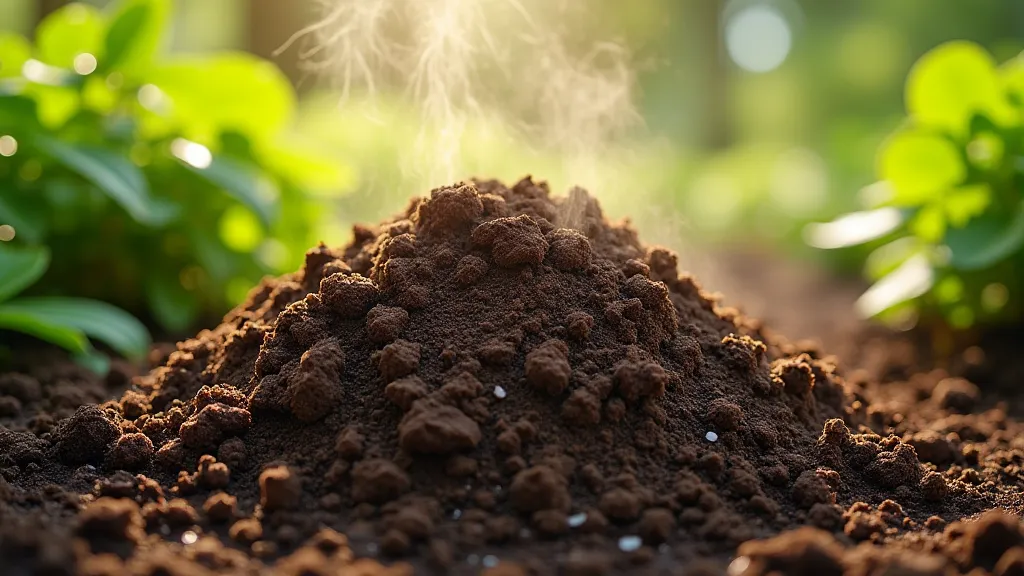
Getting Started: The Basics of Composting
There are several composting methods, but we'll focus on the most common: backyard composting. Before you even begin, it's worth considering how your home is powered and the broader energy footprint. Switching to renewable energy for your home can complement your composting efforts and further minimize your impact.
The "Browns" and "Greens" Ratio
Successful composting relies on a balanced mix of "browns" (carbon-rich materials) and "greens" (nitrogen-rich materials).
- Browns: These provide carbon and aeration. Examples include dried leaves, shredded paper, cardboard, and wood chips.
- Greens: These provide nitrogen and moisture. Examples include food scraps (fruit & vegetable peels, coffee grounds), grass clippings, and garden waste.
A good rule of thumb is to aim for a ratio of roughly 2:1 or 3:1 browns to greens. Too much green can lead to a smelly, anaerobic (oxygen-lacking) pile, while too much brown will slow down the decomposition process. Understanding the nuances of this ratio is crucial for optimal results, mirroring the precision needed for various aspects of a sustainable lifestyle.
Building Your Compost Pile
- Choose a Location: Select a well-drained spot in your yard. A shaded area is ideal.
- Layer Your Materials: Start with a layer of browns, followed by a layer of greens. Continue layering, ensuring good mixing.
- Moisture: The compost pile should be damp like a wrung-out sponge. Add water if it's too dry.
- Turning: Regularly turning the pile (every week or two) helps aerate it and speeds up decomposition. This physical effort, while seemingly small, contributes to a more active and engaged relationship with your environment.
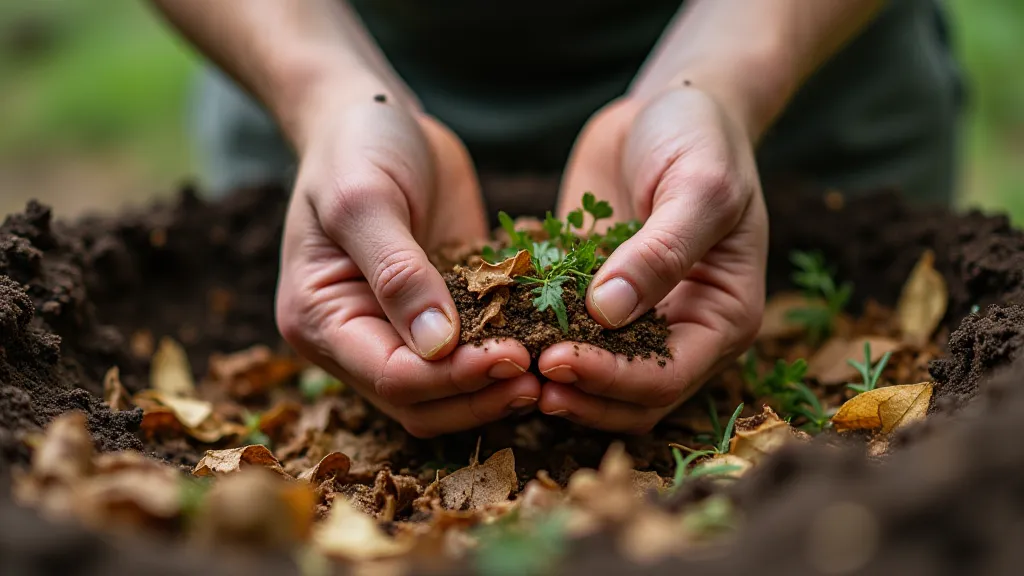
What Can You Compost?
Yes: Fruit & vegetable scraps, coffee grounds, tea bags, eggshells, grass clippings, leaves, shredded paper, cardboard.
No (or use sparingly): Meat, dairy, oily foods, diseased plants, pet waste.
Troubleshooting
Smelly Compost: Too much green material. Add more browns and turn the pile more frequently. Consider the analogy to our consumption habits; just as excess green material leads to unpleasant odors in a compost pile, excessive consumption leads to negative consequences for the planet.
Dry Compost: Add water. Ensuring proper moisture levels isn't just about successful composting; it’s a broader principle of responsible resource management.
Slow Decomposition: Make sure you have the right balance of browns and greens, and ensure the pile is moist. Patience is a virtue, especially when fostering natural processes like composting, mirroring the long-term commitment needed for a sustainable lifestyle.
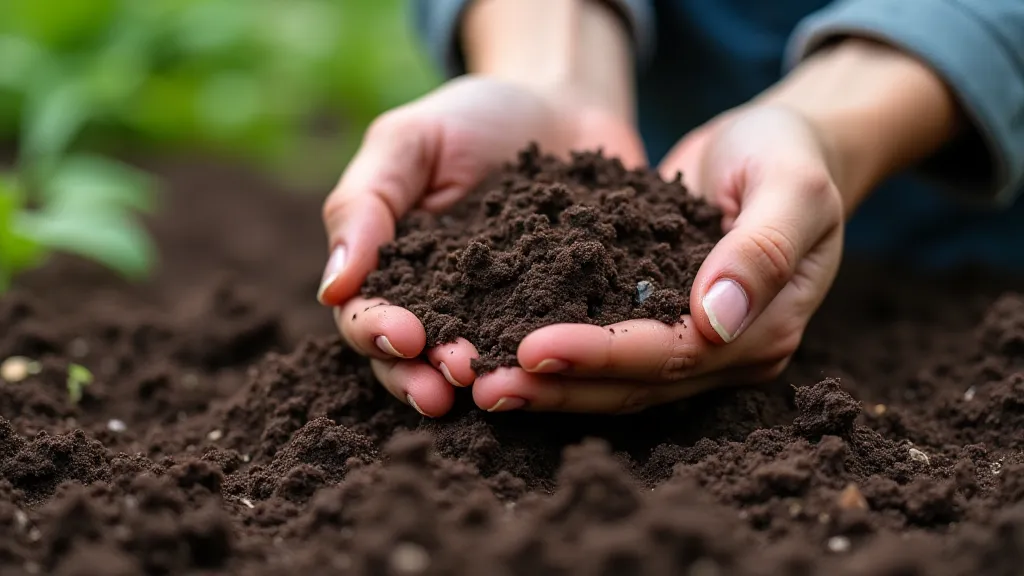
Beyond the Basics: Expanding Your Sustainable Practices
Composting is just one piece of the puzzle when it comes to sustainable living. It's about embracing a mindset of mindful consumption and responsible action. Consider the lifespan of the products you buy, from the energy used to manufacture them to the waste they generate. Think about how your choices impact not only your garden but also the wider world. Reducing your energy consumption by opting for energy-efficient appliances and supporting businesses committed to sustainability are other crucial steps.
Conclusion
Composting is a simple yet powerful way to contribute to a more sustainable lifestyle. By turning your food scraps and yard waste into nutrient-rich soil, you're reducing landfill waste, enriching your garden, and minimizing your environmental impact. So, give it a try – your garden (and the planet) will thank you! Embracing this small act can spark a broader commitment to a more responsible and fulfilling way of life.


